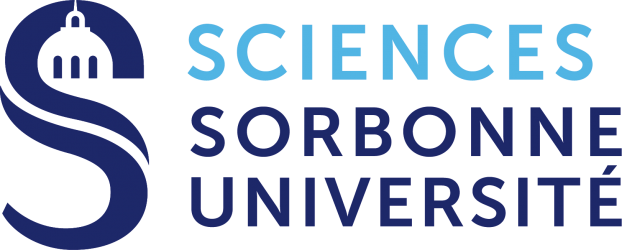



M2 Apprentissage et Algorithmes (M2A)
Master Mathématiques et Applications / Master Informatique – Sorbonne Université





There are openings for
– postdoc positions
– PhD positions
in the institute for mathematics of the University of Potsdam (https://www.math.uni-potsdam.de/en/), in statistics and machine learning. For Postdoc positions, a PhD in mathematical statistics or theoretical machine learning is required, and for PhD positions, a master in mathematics or related fields is required. The positions will be supervised by Alexandra Carpentier (https://sites.google.com/site/alexandracarpentierresearch/home) who will be taking a position in Potsdam in Fall 2021. Topics in machine learning and statistics include sequential learning, high dimensional statistics, adaptive inference.
The duration of both contracts (PhD or postdocs) is up to 3 years with the possibility of an extension. Positions come with a teaching load of 4 hours a week (of exercise sessions), and are on the salary scale E13 according to the German TVL (with eventual previous expertise taken into account for postdoc positions). The wished starting date is October 2021 but this can be discussed.
Please contact Alexandra Carpentier (alexandra.carpentier@ovgu.de) in case of interest.

Sujet de thèse CIFRE : Modélisation, simulation et optimisation du parcours de soins en orthopédie incluant la télémédecine et des applications mobiles
L’objectif de cette thèse Cifre, entre Aésio Santé et Ecole des Mines de Saint Etienne, est de développer des méthodes scientifiques et des outils d’aide à la décision des parcours de soins personnalisés intégrant les solutions innovantes. Il se décline en quatre sous objectifs : (1) Modélisation des parcours de soins fondée sur les données rétrospectives, (2) Modélisation des impacts des nouvelles technologies sur les parcours de soins, (3) Simulation des parcours de soins, et (4) Optimisation des parcours des soins.
Elle reposera sur des techniques de différentes disciplines : science de données (machine learning, process mining, modélisation et simulation des flux, recherche opérationnelle, …), science humaine et sociale, épidémiologie et médicine.
Profil :
Le candidat devra disposer de solides connaissances en recherche opérationnelle (modélisation mathématique, optimisation), en génie industriel (modélisation d’entreprise, simulation de flux, évaluation de performance) et en informatique (programmation en C/C++, Java, connaissance de librairies mathématiques, statistiques, optimisation). Il est motivé par la recherche en sciences de données appliquée à la santé et apte à travailler dans une équipe pluridisciplinaire.
Candidature :
Envoyer CV, lettre de motivation, relevés de notes des 3 années précédentes (y compris celle en cours) ainsi que les rapports de stages/projets à xie@emse.fr en prévision d’un entretien.
Sujet détaillé disponible sur demande.
—
Prof. Xiaolan Xie
General chair, CASE2021 IEEE Conf. Auto. Sci. & Engr (case2021.org)
Head, Dept. of Healthcare Engineering
Editor, IEEE Transactions on Automation Science and Engineering
Center for Biomedical & Healthcare Engineering
MINES Saint-Etienne
158, cours Fauriel, 42023 Saint-Etienne, France
Tel: +33 (0)4 77 42 66 95
Mobile: +33 (0)6 26 97 11 80
Fax: +33 (0)4 77 42 02 49
Mail: xie@emse.fr













